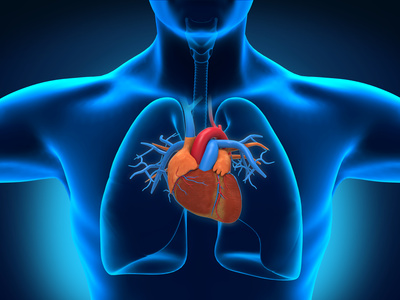Courtesy of Dr. Brian Nazareth Donato.
The conventional treatment for patients with pulmonary embolism (PE) has traditionally been anticoagulation plus systemic thrombolytics, or surgical embolectomy, reserved for high risk patients. Even though it has been shown systemic thrombolytics reduce mortality in PE patients at high or intermediate risk, its use has been limited given the significant risk of bleeding complications. Standard and ultrasound assisted catheter-directed thrombolysis allow the administration of a lower dose of thrombolytics, minimizing the risk of major bleeding and offering the same benefit as the conventional treatment.

Results: in the multicenter registry of 137 patients, 16% received standard catheter-directed thrombolysis and the remaining 87% received ultrasound assisted catheter directed thrombolysis. Most patients presented bilateral PE (82%) and only 18% received unilateral treatment alone.
No deaths were reported in the group presenting intermediate risk PE; complications were associated to older age (>75 years), massive PE, and vena cava filter placement. However, there were no statistically significant differences associated to complications and the presence of previous comorbidities (hypertension, diabetes, venous embolism) hemoglobin, baseline troponin and creatinine, heparin dose, total thrombolytics dose, sex and race.
Pulmonary artery systolic pressure was measured invasively at onset in all patients, and at 18-24 hours in 87 patients. Mean drop of pulmonary artery systolic pressure was 19 mmHg (CI 95% 16ç23 mmHg). The subgroup analyzis comparing patients treated with ultrasound assisted vs. standard catheter directed thrombolysis showed no significant differences.
The meta-analyzis of 416 articles, 15 trials and the present registry, looked into a total of 860 PE patients treated with catheter directed thrombolysis. 21.6% of patients presented massive PE and the remaining 78.4%, submassive PE.
Major bleeding or vascular complication rate was 4.65% and intracranial bleeding rate was 0.35%. Most bleeding and vascular complications were the result of puncture site hematomas and only required transfusions. Mortality rate was 3.4% in the massive PE group and 0.74% in the submassive PE group, and showed a significant reduction of pulmonary artery systolic pressure of 15 mmHg.
Conclusions:
Catheter directed thrombolysis with low dose thrombolytics infusion is associated to low bleeding complications; however, these findings require further research and larger randomized studies to properly assess the safety and efficacy of this technique in the treatment of massive and submassive PE.
Editorial comment:
Efficacy outcomes and low mortality rate won’t show the long term relation between mortality, morbidity and quality of life in patients undergoing this treatment, which calls for randomized studies comparing this technique against the use of systemic thrombolytics.
We need more experience with this technique, still heterogeneous in duration, thrombolytics dose, and the following anticoagulation scheme, which calls for a unified criteria.
Lastly, the present review shows that catheter directed thrombolysis, either standard or ultrasound assisted, presents a safe profile with lower mortality rate in PE patients at high or intermediate risk.
Courtesy of Dr. Brian Nazareth Donato. Buenos Aires British Hospital, Argentina.
Original title: Safety of Catheter-Directed Thrombolysis for Massive and Submassive Pulmonary Embolism: Results of a Multicenter Registry and Meta-Analysis.
Reference: Tyler L. Bloomer,1,2 MD, Georges E. El-Hayek,3 MD, Michael C. McDaniel,3 MD, Breck C. Sandvall,2 MD, Henry A. Liberman,3 MD, Chandan M. Devireddy,3 MD, Gautam Kumar,3 MD, Pete P. Fong,1,2 MD, and Wissam A. Jaber,3* MD. Catheterization and Cardiovascular Interventions 89:754–760 (2017) DOI: 10.1002/ccd.26900.
Subscribe to our weekly newsletter
Get the latest scientific articles on interventional cardiology
We are interested in your opinion. Please, leave your comments, thoughts, questions, etc., below. They will be most welcome.





